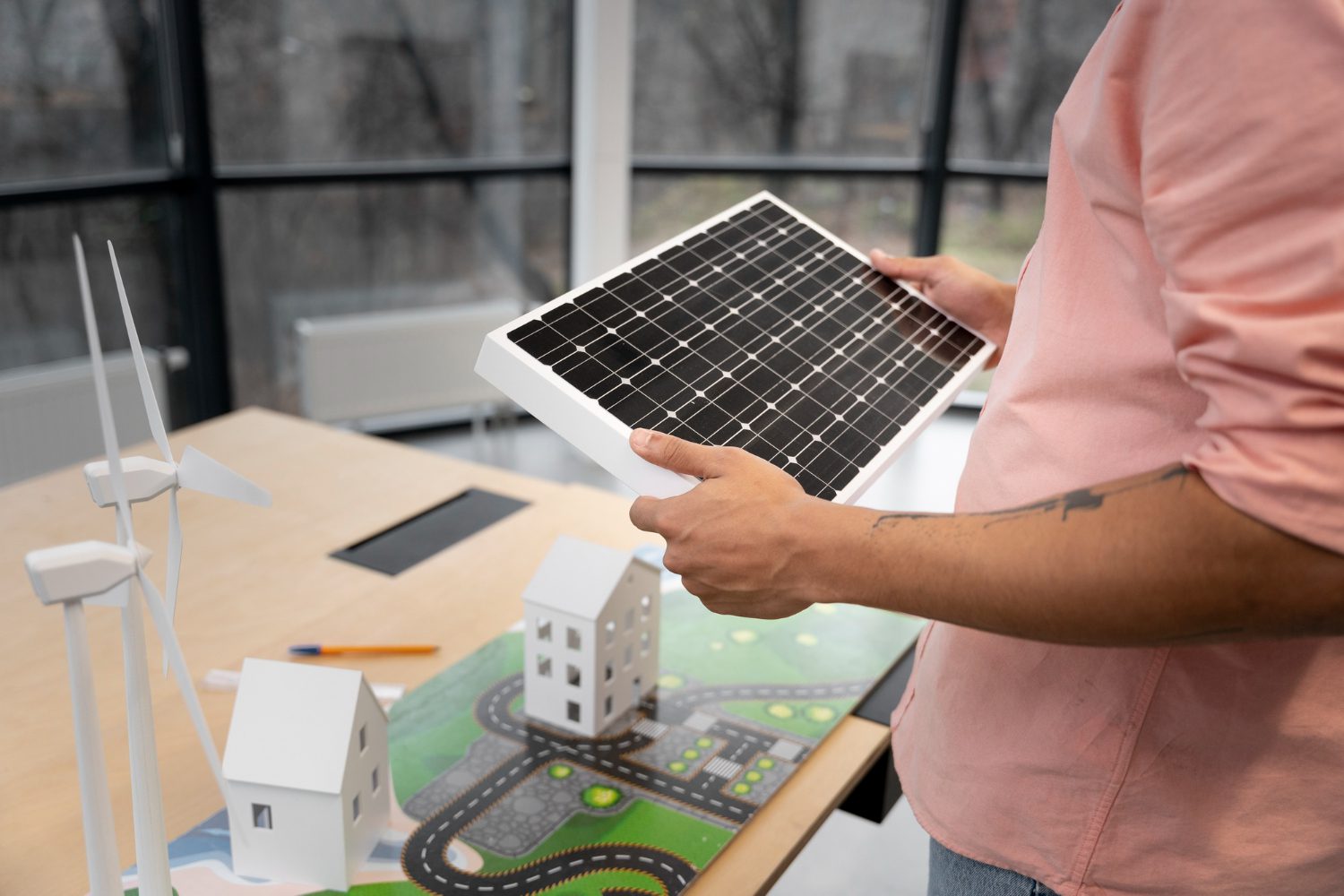Solar panels have become a common sight on rooftops and in large-scale solar farms, harnessing the sun’s energy to generate electricity. However, to maximize the potential of solar panels, microinverters have become a crucial component in enhancing both performance and efficiency. In this article, we will explore how microinverters work and the benefits they bring to solar panel systems.
Understanding Microinverters
Microinverters are electronic devices designed to convert the direct current (DC) electricity produced by solar panels into alternating current (AC) electricity, which is the form of electricity used in homes and the power grid. Traditional solar inverters, known as string inverters, are used in many solar panel systems. They connect multiple panels in a series, meaning the performance of the entire string is limited by the weakest panel.
Microinverters, on the other hand, are installed on a per-panel basis. Each solar panel has its dedicated microinverters, allowing for independent optimization of power production. This individualized approach to energy conversion offers several advantages:
Improved Panel-Level Performance
One of the key benefits of microinverters is their ability to enhance the performance of individual solar panels. When a traditional string inverter is used, shading, dirt, or damage to a single panel can significantly reduce the energy production of the entire string. Microinverters eliminate this issue, as they ensure each panel operates at its optimal efficiency, even if others are affected.
Increased System Reliability
Solar panel systems are designed to provide a long-term, sustainable source of energy. However, they are exposed to various environmental factors, such as weather conditions and aging. Microinverters help improve the overall reliability of the system. If a single microinverter fails, it only affects the panel to which it is attached, while the rest of the system continues to operate efficiently. In contrast, the failure of a string inverter can result in a significant loss of energy production from all panels connected to it.
Enhanced Monitoring and Maintenance
Microinverters also offer advanced monitoring and maintenance capabilities. Many microinverter systems provide real-time data on the performance of each panel, allowing homeowners and solar installers to identify and address issues quickly. This proactive approach helps to keep the system running at peak efficiency, reducing downtime and potential revenue loss.
Flexible System Design
Microinverters offer greater flexibility in system design. Because each panel operates independently, it is easier to add or expand the system as needed. This flexibility is especially valuable for homeowners who may want to increase their energy production in the future or adapt the system to their changing energy needs.
Maximizing Energy Harvest
One of the critical goals of any solar panel system is to maximize energy harvest. Microinverters are essential in achieving this goal. They provide panel-level optimization, which means that even if some panels are partially shaded or dirt-covered, they can still contribute to the overall energy production. This increases the total energy harvest of the system, making it more efficient and cost-effective.
Improved Aesthetics
For many homeowners, the appearance of their solar panel installation matters. Microinverters can contribute to a cleaner and more aesthetically pleasing installation. Because they are often installed on the back of the solar panels, there are no large, visible boxes or strings of wires. This clean look can enhance the curb appeal of a home while still providing all the benefits of renewable solar energy.





























